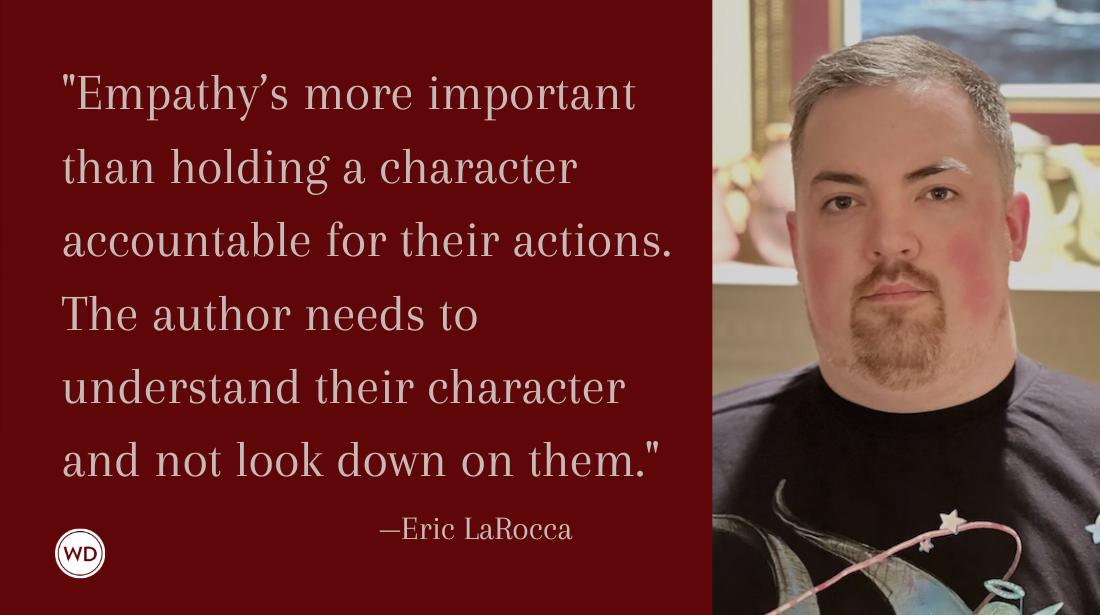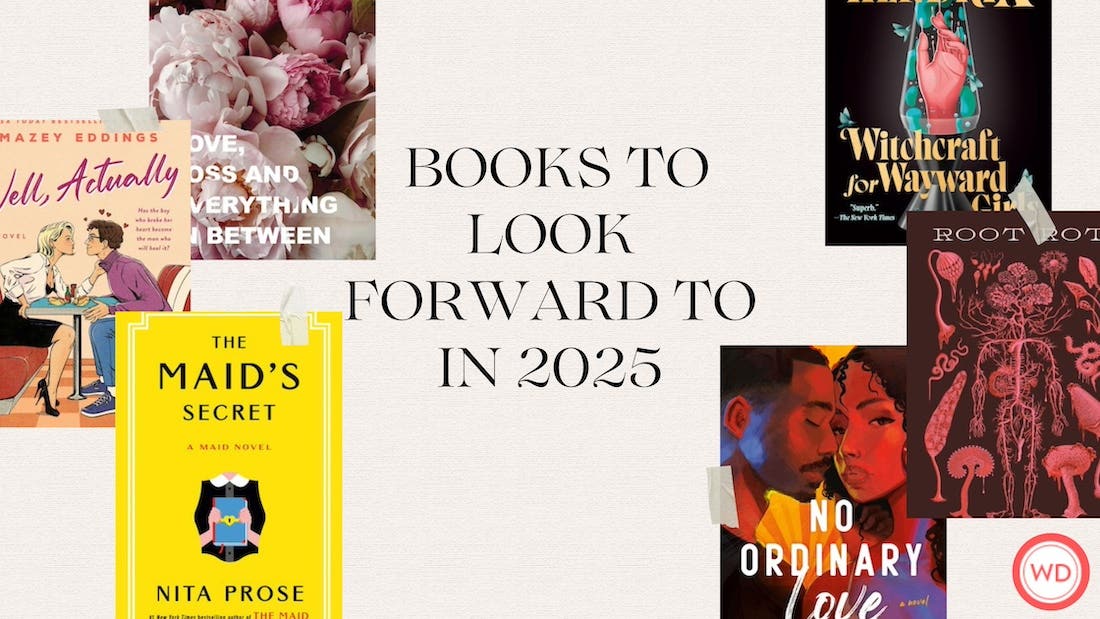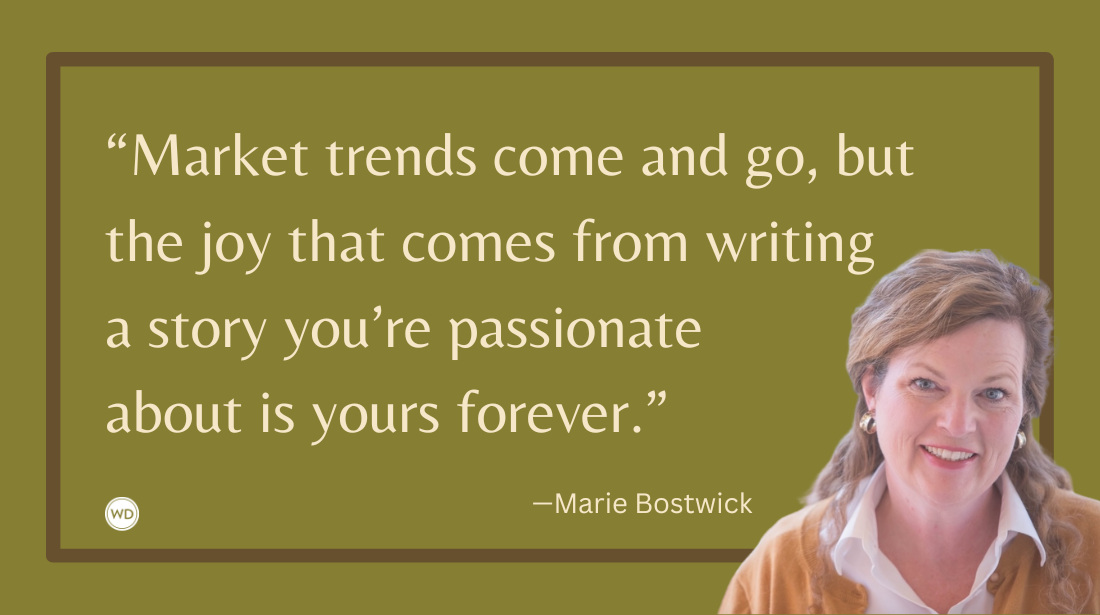Marie Bostwick: On Struggling with Self-Doubt
New York Times bestselling author Marie Bostwick discusses the process of scrapping her entire manuscript and starting all over again with her new novel, Esme Cahill Fails Spectacularly.
Marie Bostwick is a New York Times and USA Today bestselling author of heartwarming fiction for women. When not writing, she enjoys quilting, reading, cooking, spending time with family and friends. Marie travels extensively, speaking at libraries, bookstores, quilt guilds, and at quilt shows.
Marie has also created Fiercely Marie, a lifestyle blog. She lives in Gig Harbor, WA. Follow her on Facebook and Instagram, and learn more at mariebostwick.com.
In this post, Marie discusses the process of scrapping her entire manuscript and starting all over again with her new novel, Esme Cahill Fails Spectacularly, her advice for writers, and more!
Name: Marie Bostwick
Literary agent: Liza Dawson
Book title: Esme Cahill Fails Spectacularly
Publisher: William Morrow
Release date: May 30, 2023
Genre/category: Women’s Fiction
Previous titles: The Restoration of Celia Fairchild, Hope on the Inside, The Promise Girls, Just in Time, The Second Sister, From Here to Home, Between Heaven and Texas, Cobbled Court novels 1 to 6, On Wings of the Morning, River’s Edge, Fields of Gold
Elevator pitch for the book: When her career as a successful editor comes to an end, Esme Cahill returns to her childhood home in North Carolina, feeling like a failure. While working to prevent her family’s lakeside lodge from sliding into physical and financial ruin, Esme learns about her late Grandmother Adele’s wartime connection to actual historical events and uncovers an untold chapter in Adele’s story, that of a gifted artist who never received her due.
What prompted you to write this book?
Everyone struggles with feelings of failure at some point in their lives, so I thought a book centered on a heroine who has hit bottom and believes she is failing in every area of life was something readers would relate to.
But I also wanted to go a little deeper and examine failure through the lens of people who are striving to carve out a life in the arts. No matter how successful or talented they may be, every artist I’ve ever known (and I’m including writers in the definition) wrestles with self-doubt and the fear of failure.
I’m no different than anyone else on that score. So, at some level, I suppose this was another instance of “writing what you know”.
How long did it take to go from idea to publication? And did the idea change during the process?
Normally, I take about a year to write a book. This novel took twice as long, partly because the concept changed quite along the way. My original outline called for an entirely contemporary story, focused on one main character, Esme Cahill.
But after finishing the first draft, I realized that the only way Esme would truly be able to move forward was in the company of other artists and writers, people who had known rejection and either lived through it, thrived through it, or let themselves become so cowed by criticism that they ended up hiding their talent away.
Obviously, that was a much different, much bigger, book. Creating a community for Esme that included contemporary and historic characters, the latter being Esme’s late grandmother, Adele, a gifted but unsung artist, meant starting all over and working out a whole new structure, building a story-within-the story that lifts the book to a different level.
Scrapping a whole manuscript and beginning again was not fun, to say the least. But it was worth it. As I said, it’s a much bigger book, and a better one.
Were there any surprises in the writing process for this book?
Besides the shock of realizing that there were a bunch of characters missing and that I needed to begin from scratch, there was a pandemic that I never saw coming.
I am sure there are people who found the pandemic to be a really productive time creatively, but I wasn’t one of them. Worries about the safety of my family, my elderly relatives, friends who were medically fragile, and the world in general made it very difficult to maintain my creative focus. I did my best because that’s my job, but every day was a struggle.
What do you hope readers will get out of your book?
My first and most important job as a novelist is to entertain, and I think Esme’s story does that.
If you’re reading more deeply, there’s quite a bit to unpack. Many readers will find themes of creativity, the artistic struggle, forgiveness, and community, that speak to their personal experience.
But what I really hope sticks with people is the understanding that while everybody faces failure at some point, it is rarely as final or fatal as the word would imply. Future success is almost always built on a foundation of the past failures. Sometimes, what looks like a failure is actually an onramp to the road we’re meant to take, and the life we’re meant to live.
If you could share one piece of advice with other writers, what would it be?
Write the books you’re excited about. Attempts to chase the market have a success rate roughly equal to that of a chihuahua dog chasing a speeding Camaro in hopes of biting the tires. It’s just not going to happen.
So, write the books that make your heart beat faster, the plots that wake you up at night, the stories that only you are equipped to tell. Write the books that will make you feel proud.
Robert Lee Brewer is Senior Editor of Writer's Digest, which includes managing the content on WritersDigest.com and programming virtual conferences. He's the author of 40 Plot Twist Prompts for Writers: Writing Ideas for Bending Stories in New Directions, The Complete Guide of Poetic Forms: 100+ Poetic Form Definitions and Examples for Poets, Poem-a-Day: 365 Poetry Writing Prompts for a Year of Poeming, and more. Also, he's the editor of Writer's Market, Poet's Market, and Guide to Literary Agents. Follow him on Twitter @robertleebrewer.








